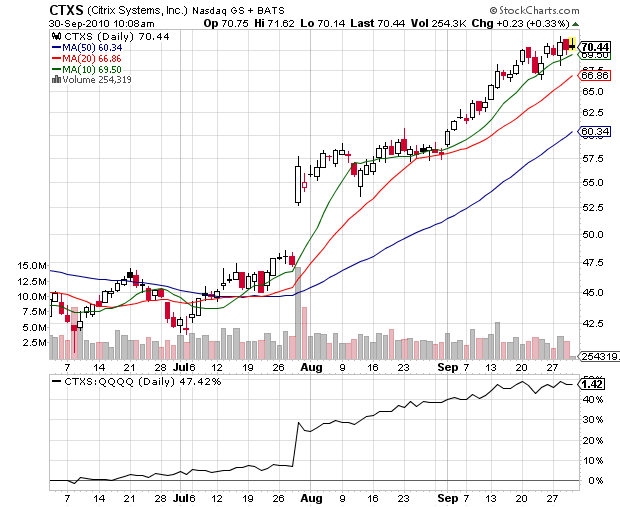
Over the weekend I received the following comment regarding one of the featured stocks in the StockTwits 50 list:
ABDatGA: “@StockTwits50 Continued rise of $LVS makes no sense. Only positives are higher revenues and lower negative earnings. Overall poor fundies.”
First of all, I would like to thank Bruce Dewalt for taking the time to comment on a component of the StockTwits 50 list. Any feedback is appreciated as it will only help us to develop a better list.
The StockTwits score is designed to reflect the catalysts that will define price action over the next 1 to 6 months. It incorporates the factors that matter now.
After “This time is different”, “This doesn’t makes sense” is probably the most frequently used expression among market participants. Personal opinions have never been a source of consistent profits. Specialize in a proven setup and get to know its underlying logic. If you have a shorter-term market horizon, you are “trading people”; you are not buying a piece of a business. If something doesn’t make sense to you, then ask yourself why is the stock making new highs. Maybe someone knows more than you do. Capital market are forward looking mechanisms that strive to discount future fundamentals. They are far from perfect in this endeavor, but this is what creates opportunities for people with different trading horizons and approaches.
I don’t know where $LVS will be 12 months from now. I doubt that anyone knows. I have no impact over its price action. The only things that I can control are what I trade, when I enter, how much I risk and when I exit.
ST50 is an equity selection tool. Last week we noticed that $LVS was breaking out to new highs from a tight base above its rising 10 day MA. History reveals that such breakouts have a very high success rate, especially in an uptrending general market.
Stocks tend to move in groups. Stocks with exposure to the emerging markets’ consumer have been significantly outperforming over the past 3 months. $LVS belongs to that group.


